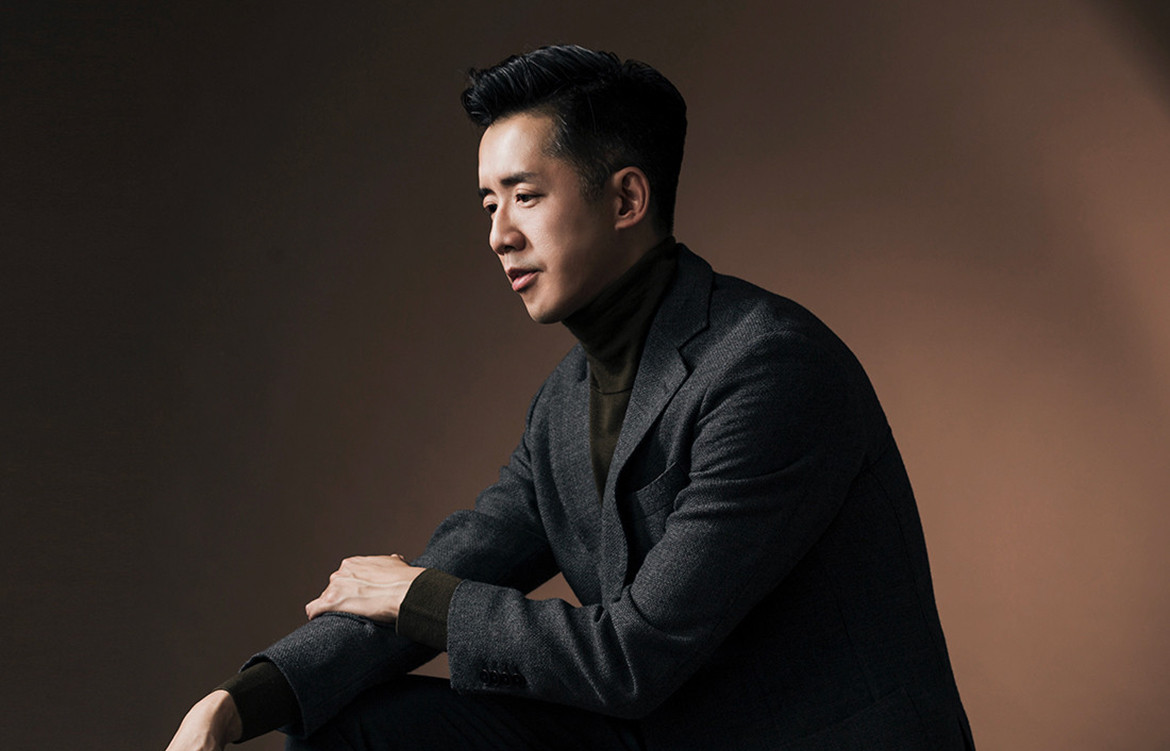

As a category The Luminary pays tribute to those who have contributed to enrich the architecture and design community throughout their working lives. With Wilkhahn as sponsor, this year there are three Luminaries who together represent the very best in design through their individuality, dedication and talent.
As exemplar practitioners and leaders in their chosen field of design, the three nominations for The Luminary in the 2021 INDE.Awards are Jean-Michel Gathy, Penny Forlano and Andre Fu. Each nominee has established a special place in their sphere of practice, influencing not only the country from which they come and in turn the Indo-Pacific region, but also making their mark on the global stage of design.
Story continues below advertisement
As supporter of The Luminary, Wilkhahn shares the values of those nominated for this category. For more than 60 years Wilkhahn has been at the forefront of design, providing exceptional office and conference furniture for a global market. As a pioneer and innovator Wilkhahn has made, and continues to make, its mark just as the nominees for The Luminary have made an indelible impression on the broader architecture and design communities.
Andre Fu
Story continues below advertisement
For the past decade and a half, Andre Fu’s vision has been defined by a seamless alignment of cultural and design sensibilities, modern luxury, art and craftsmanship. A trained architect, his projects span scales and typologies, continuously bridging the gap between cultures, and drawing as naturally on European principles of beauty as from Oriental qualities, traditions and modernity. His projects range from an original furniture creation, contemporary art galleries in Hong Kong, Tokyo and Shanghai and major hotels and restaurants around the world.
Story continues below advertisement
We asked Andre how his practice has progressed over the last decade.
“Over the last ten years the definition of luxury has evolved tremendously with an increased focus on comfort and experience. There has been a greater bridging of cultures, narrowing the gap between east and west and I reflected this movement in my book, Crossing Cultures with Design. My studio has grown through work on projects over a spectrum of locations – from Monaco to London to Beijing – creating works that are unique, with a specific narrative, reflecting their location yet with a universal quality. I believe my work has contributed significantly to a better global understanding and appreciation
Penelope Forlano
Penelope Forlano’s experience studying, teaching and working across three continents gives her a truly global and far-reaching perspective. Her interdisciplinary training in art, interiors, architecture, design, and anthropology has resulted international recognition including acquisition in the art collections and a solo show at the Salone Satellite in Milan in 2004. Her practice focuses on experimenting with advanced fabrication techniques and handcraft with academic research, resulting in awards across academia, teaching and design practice.
In 2018, Penelope earned her Doctorate which examined intergenerational object meaning, object/place attachment, and resulted in a series of domestic objects exploring kinship and large-scale architectural public artworks on community identity. Her collaborative approach with First Nations People and community has delivered projects communicating diverse voices and identity typically under-represented in the built environment.
We asked Penelope about the areas of interest in her practice.
“Areas of interest: anthropology, design anthropology, design for custodianship, advanced manufacturing technology combined with hand-craft, multidisciplinary problem solving, material testing and experimentation, emotion and design, public space, community engagement, time-based engagement with the built form.
“The climate crisis and its solutions are global and complex. What concerned me is that despite advancement in sustainable design research, there is a lack of research and practice into the emotional aspects of consumption which is the leading cause of ever-growing consumption rates and thus part of the climate problem. Insatiable consumption is a problem created in part by design and should be solved through design. This has fuelled my practice and PhD research.”
Jean-Michel Gathy
Image courtesy of Denniston
Educated in Belgium, Jean-Michel Gathy founded DENNISTON in 1983, a niche architectural and design company, recognised as one of the world’s leading hospitality design firms. The practice has designed some of the most renowned luxury hotels, interiors and landscapes built and has an exceptional portfolio of clients featuring the industry’s top hoteliers.
We asked Jean-Michel about the leading drivers for design in the future.
“Creativity is emotion. There is always emotion in our designs. When you check into a hotel, you are away from home, but you still want to be comfortable. To me, the mark of a well-designed hotel is one where you feel as relaxed, comfortable and at ease. There are so many beautiful hotels in the world that are unsuccessful because they are cold and emotionless.
“Today’s hotels have shifted from a places-of-convenience to lifestyle venues. People like to associate themselves with the underlying values of the hotels they have chosen so, well-being will unquestionably be adopted into a good hotel design. As travellers are becoming more discerning and craving unique experiences, hotels have to respond in different ways both big and small.”
Wilkhahn
Erratum
We regret that an incorrect image was included on our website to introduce the 2021 INDE.awards Luminaries. An image of Andra Martin was incorrectly attributed to be Jean-Michel Gathy. We deeply regret this and apologise unreservedly for the mistake.
Jan Henderson
INDE.Awards Programme Director